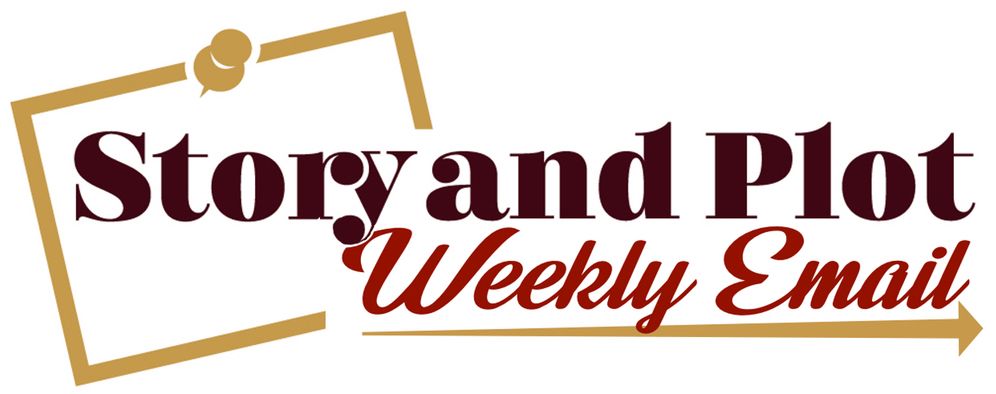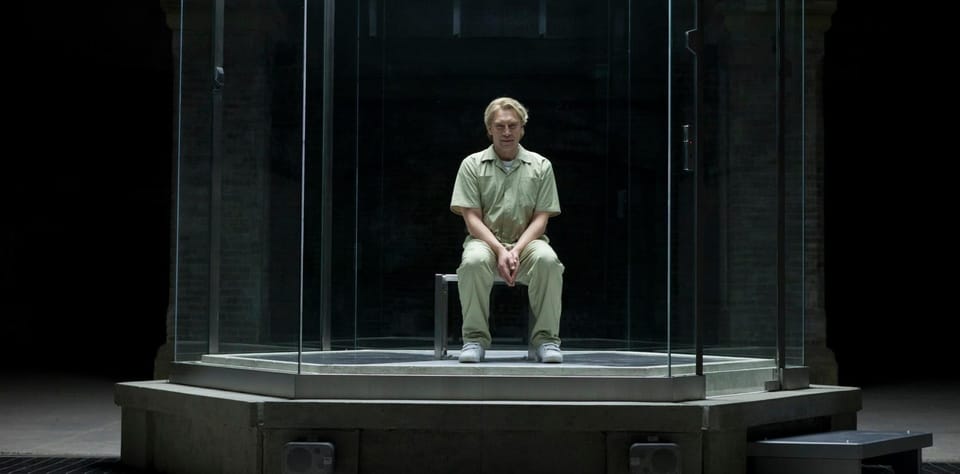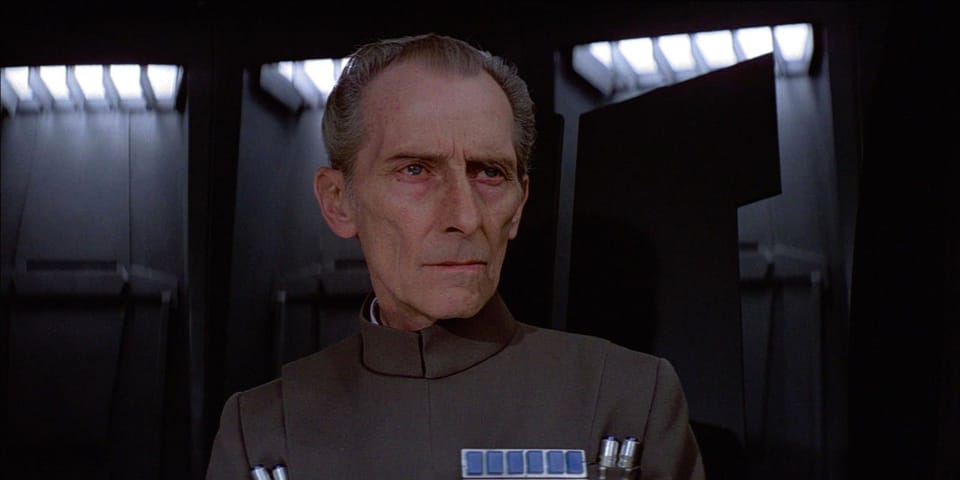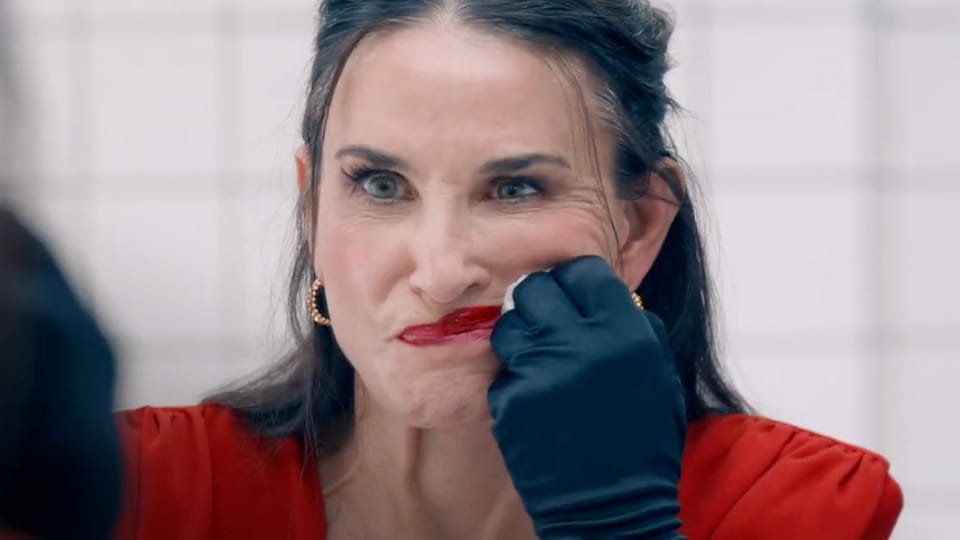How to structure a story with a relationship at the center.
Relationships are vital for every story. Audiences care deeply about relationships, perhaps more than anything else. But what about when the relationship is the story?
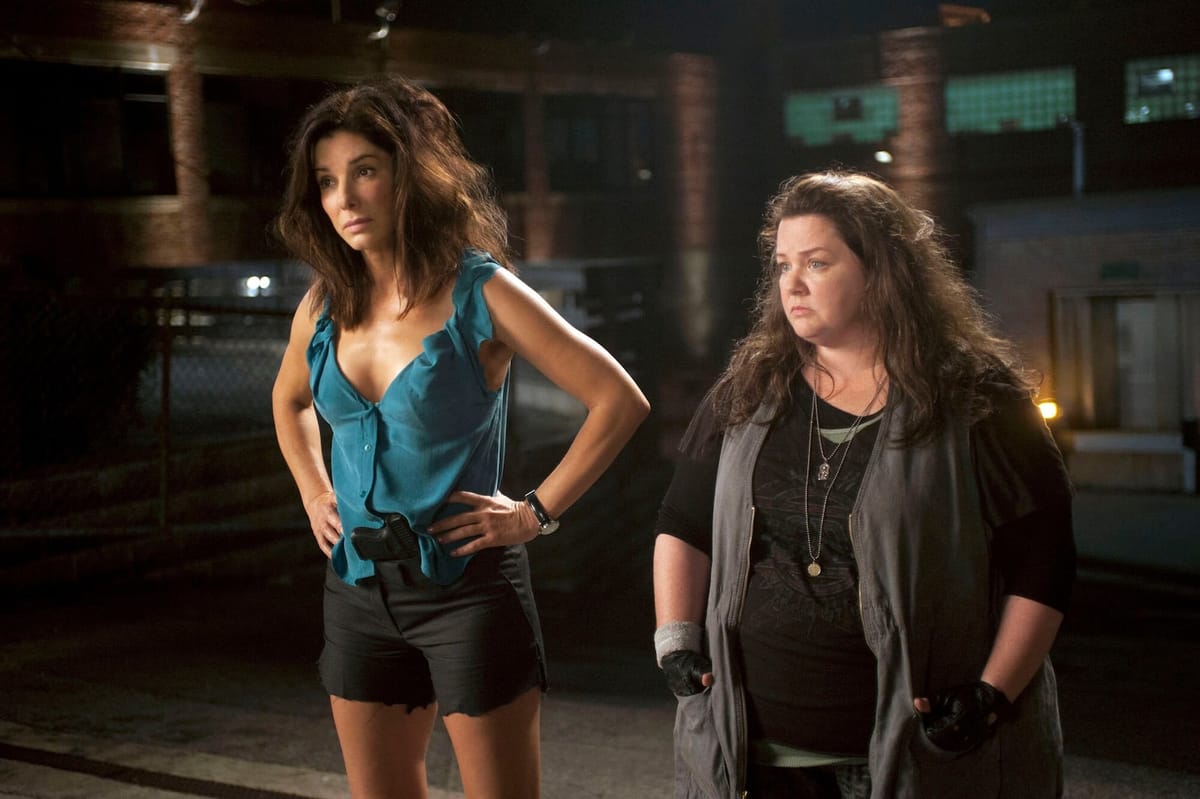
The Story and Plot Weekly Email is published every Tuesday morning. Don't miss another one.
Relationships are vital for every story. Audiences care deeply about relationships, perhaps more than anything else.
But what about when the relationship is the story?
These are usually two-handers, like a love story, romantic comedy, or buddy movie. Sometimes, they can encompass a larger ensemble, too.
Like every story, the best thing to do is make big, decisive decisions upfront and allow that to make subsequent story decisions easier and easier.
The two most significant decisions.
As always, the two most significant decisions are:
- What story we are telling.
- What the dramatic question is.
I don't start outlining in earnest until I have those down.
In the case of a relationship movie, we want the answer to #1 to relate to how their transformation will make them better equipped for the relationship.
This means who they are in Act 1 is not ready for the relationship, but who they become in Act 3 is.
So be clear with yourself what they're lacking and how they transform.
Once you know these two answers, you can move on to the next important question for a relationship movie:
When do they become a team or couple?
Make this single decision, and you've suddenly narrowed down your options for structuring this story to a manageable level.
Seriously. This one simple thing makes so many smaller choices almost inevitable.
Borrow the structure of genres.
In the Idea to Outline course, we spend a lot of time on big-picture story structures named after the genre and subgenre that uses them the most.
It's not an academic exercise. The point is whether we can help our story by lifting a structural template, regardless of the genre we're writing.
The monster movie structure is named after monster movies but is by no means limited to them. What fun would that be?
In the case of relationship stories, I broke them down into three types of structures, regardless of the actual relationship in your own story.
The Love Story.
In a love story structure, the couple gets together by the midpoint and often much earlier.
Examples: Love Story, A Star is Born, Titanic, I Love You, Man, The Nice Guys
It's worth pointing out again that the movie's genre itself is irrelevant to the genre referenced in the structure.
As a genre, the superb The Nice Guys is a buddy movie, but it's structured as a love story because the main characters are working together as a team by the midpoint (But let's face it, The Nice Guys is much more interested in the mystery and the antics than the buddy relationship.)
The Buddy Movie
The buddy movie structure is about a relationship pushed together by a shared interest to solve a common problem. Here, they get together as a team just before the Act 3 and answer the plot-focused dramatic question together.
Examples: 48 Hrs, The Heat, The Avengers.
The Avengers is a fun example as it treats the entire group as a traditional buddy relationship where they're all shoved together, squabble, and come together as a team just before the third act.
The Romantic Comedy
This structure is distinguished by the relationship finding its final form as the film's climax.
Examples: When Harry Met Sally, The Proposal,The Breakfast Club.
Note again: The Breakfast Club is not a rom-com, but it structures the relationships between the students like one.
Don't forget the scene around the midpoint.
Something all these stories and structures have in common is a scene around the midpoint where we see a glimpse of what could be.
We see the connection between the relationship characters and how good they could be together. Whether they're friends, family, or lovers, we see how they're right together.
Maybe they see it; perhaps they don't. But we definitely do.
An example problem.
A student had a story about an estranged father and son forced to work together at the father's blue-collar business.
Once he decided he wanted a true two-hander and not just a story about the son, the next question was what kind of structure he would use.
Because the relationship was strained from the beginning, the love story structure seemed more challenging to make fit. He also wanted to see the father and son achieve something great together, not just in action but as a family.
This made the buddy film structure a no-brainer, so he went with that.
That single decision allowed his thinking to move away from "what happens next" to:
What needs to happen to get the story there?
This is the beauty of such decisions. They make so many smaller decisions easier for you.
The writer knew the father and son's relationship would fall apart, and it was a question of what surprising, emotional moments and events would get them there.
He knew they were going to want to work as a team ten pages later so it was now a question what decisions and choices could connect such seemingly disparate moments.
He also knew they would utilize what they learned and how they changed in Act 3 to save the business as a family. The question was how that was going to happen in a way that moved the audience.
Surprise and delight and make it honest.
As always, the goal is not the plot itself. What counts is how the plot affects the characters and, therefore, how it makes us feel.
You can have all the best plot points in the world, but none of them will matter if the scenes are not written with emotional honesty and moments that surprise us.
The point of the big decisions is to simplify our decision-making, so we move the story forward and focus on what's really important: making the audience feel something.
That's a wrap for this week!
I hope this helped. Even if it's not applicable right now, store it away. Learning to make big, decisive, structural decisions up front will make such a huge difference in your screenwriting.
See you next week!
Tom
The Story and Plot Weekly Email is published every Tuesday morning. Don't miss another one.
When you're ready, these are ways I can help you:
WORK WITH ME 1:1
1-on-1 Coaching | Screenplay Consultation
TAKE A COURSE
Mastering Structure | Idea To Outline
